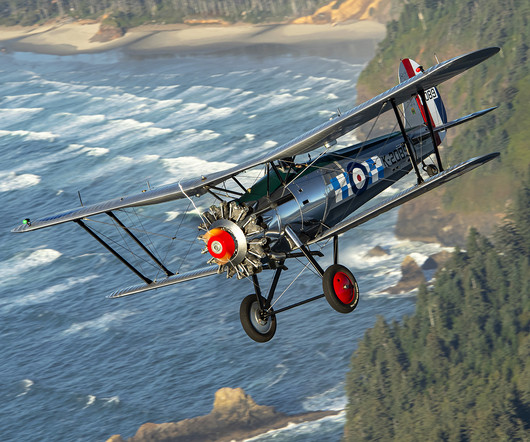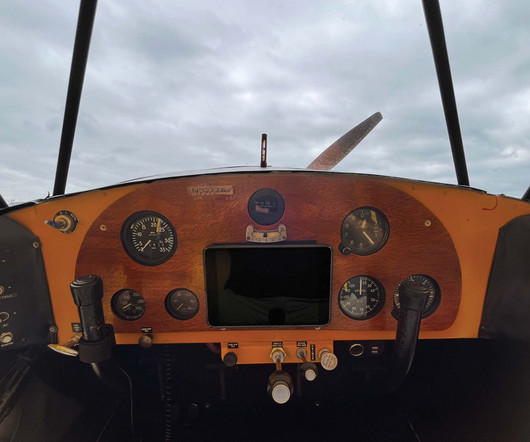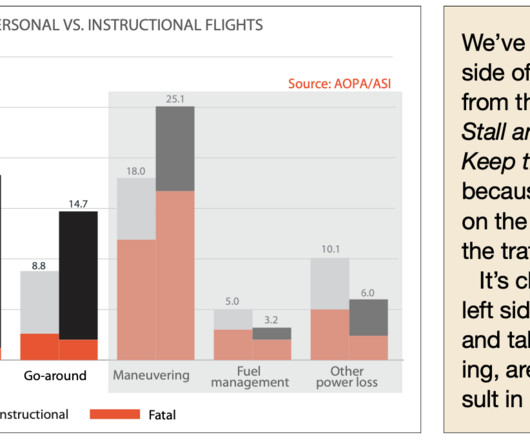Best-Laid Plans
Plane and Pilot
APRIL 1, 2025
Feet on rudder pedals. I turned crosswind and attempted to shallow the climb. This time, I pulled out some power as I transitioned to the crosswind leg. I crossed the runway threshold at 70 mph and let a little more speed bleed off as I attempted to stay a few inches off the runway with the nosewheel slightly up.


















Let's personalize your content